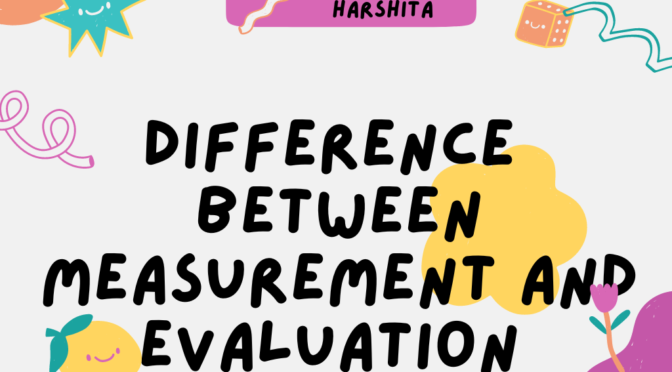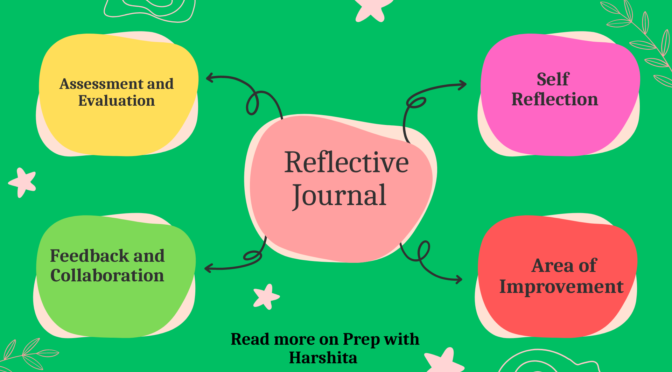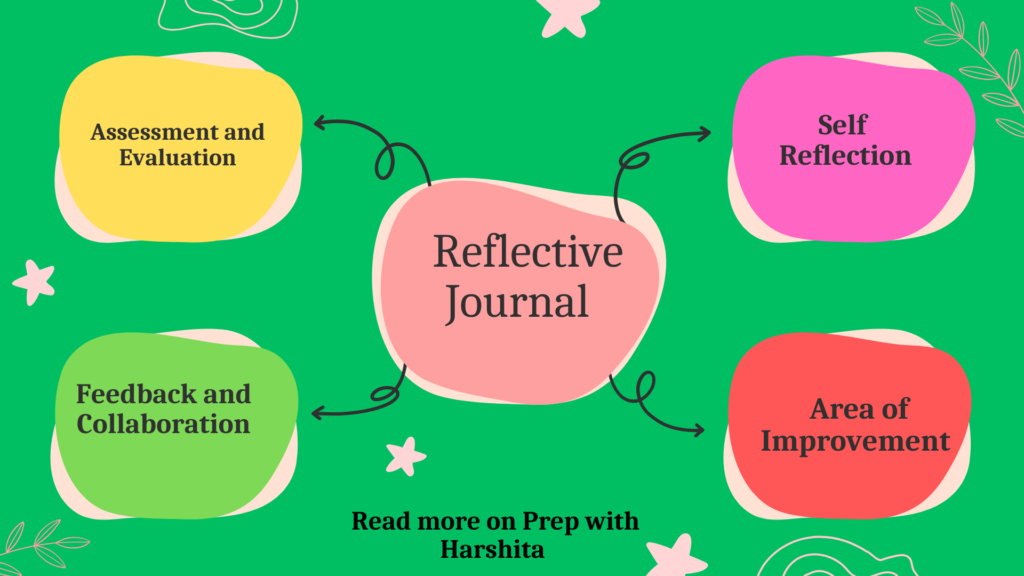Measurement and evaluation are two related but distinct concepts that are often used in various fields, including education, psychology, and business. While they are similar in some ways, they differ in their goals, methods, and outcomes. Let’s explore the differences between measurement and evaluation in more detail.
Measurement
Measurement refers to the process of collecting data or information about a particular phenomenon, often using numerical values. The purpose of measurement is to quantify something so that it can be described or compared. For example, a teacher may measure the number of correct answers on a test to determine a student’s level of understanding of a particular subject. In this case, measurement involves collecting numerical data (the number of correct answers) and using that data to describe the student’s level of understanding.
Measurement can be direct or indirect. Direct measurement involves collecting data or information that is objective and observable, such as a person’s height or weight. Indirect measurement involves collecting data or information that is not directly observable, such as a person’s intelligence or personality traits. Indirect measurement often involves using proxies, such as standardized tests or surveys, to infer the underlying construct being measured.
Evaluation
Evaluation, on the other hand, involves making a judgment or determination about the value or quality of something based on collected data or information. It often involves comparing actual results against expected or desired outcomes or standards. For example, a manager may evaluate the effectiveness of a training program by comparing the performance of employees who completed the training to those who did not.
Evaluation involves making judgments about the effectiveness or value of a particular program, policy, or intervention. It can be formative, meaning they are conducted during the implementation of a program to identify strengths and weaknesses, or summative, meaning they are conducted after the implementation of a program to determine its overall effectiveness.
Key Differences
The key differences between measurement and evaluation can be summarized as follows:
- Purpose: The purpose of measurement is to collect data or information about a particular phenomenon in order to describe or compare it. The purpose of evaluation is to make a judgment or determination about the value or quality of something based on collected data or information.
- Focus: Measurement focuses on collecting data or information, often using numerical values, to describe or compare a particular phenomenon. Evaluation focuses on making judgments about the effectiveness or value of a particular program, policy, or intervention.
- Methods: Measurement involves collecting data or information using direct or indirect methods, while evaluation involves analyzing and interpreting data to make judgments or determinations.
- Outcomes: The outcome of measurement is a set of data or information that describes or compares a particular phenomenon. The outcome of evaluation is a judgment or determination about the value or quality of a particular program, policy, or intervention.
In summary, measurement and evaluation are related but distinct concepts that are often used together in various fields. While measurement involves collecting data or information about a particular phenomenon, evaluation involves making judgments or determinations about the effectiveness or value of a particular program, policy, or intervention based on that data or information.

Also Visit : Prep with Harshita



